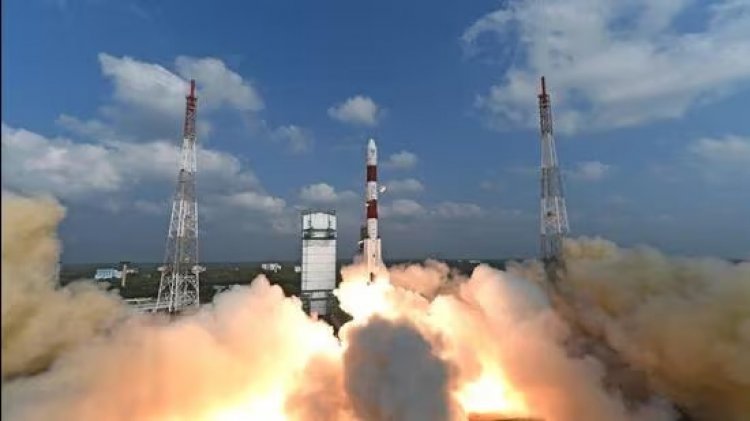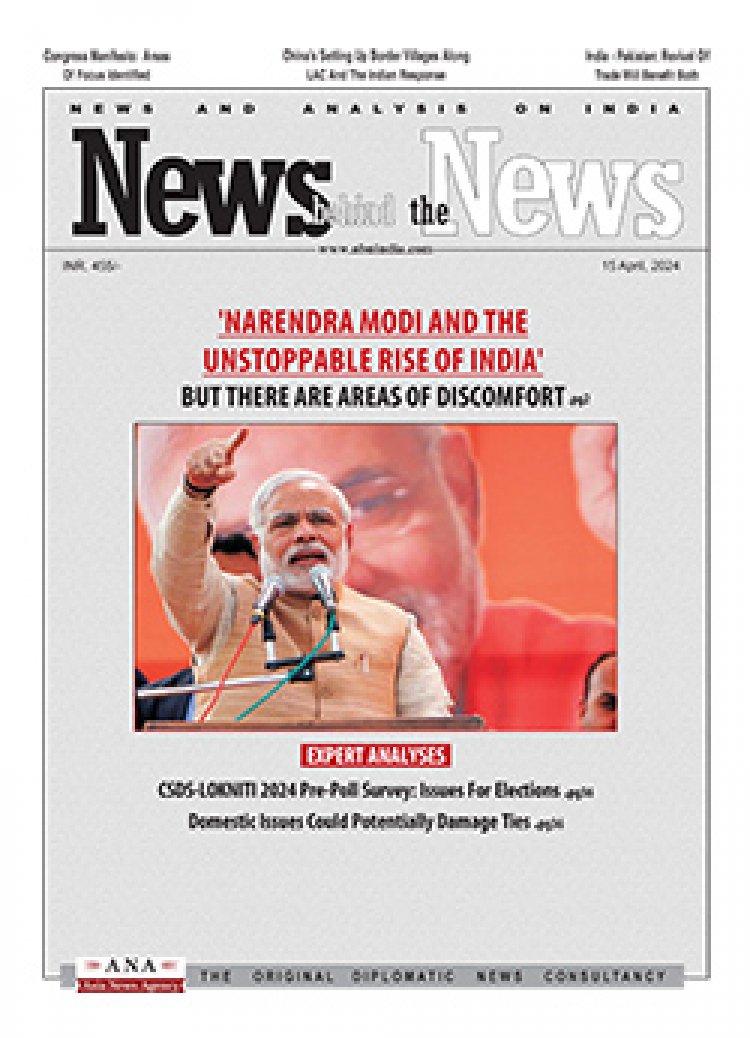India’s Space Policy: Analyses
STORIES, ANALYSES, EXPERT VIEWS

On April 20 this year, the Indian Space Research Organisation (ISRO) released the Indian Space Policy 2023. The document has been received positively by industry. However, writes Rakesh Sood (former diplomat who has worked and negotiated on the interface of technology, security and strategy) “it needs to be followed up with suitable legislation, accompanied by clear rules and regulations.” Sood has been of th opinion that “India’s modest entry into the First Space Age followed by its many gains should be used to help the country tap the vast potential in the Second Space Age.
“…..The Second Space Age began with the licensing of private TV channels, the explosive growth of the Internet, mobile telephony, and the emergence of the smartphone. Today, while ISRO’s budget is approximately $1.6 billion, India’s space economy is over $9.6 billion. Broadband, OTT and 5G promise a double-digit annual growth in satellite-based services. It is estimated that with an enabling environment, the Indian space industry could grow to $60 billion by 2023, directly creating more than two lakh jobs.”
Five key points
The Space Policy 2023, writes Sood “is a short 11-page document, which includes three pages devoted to definitions and abbreviations. The ‘Vision’ is to ‘enable, encourage and develop a flourishing commercial presence in space’ that suggests an acceptance that the private sector is a critical stakeholder in the entire value chain of the space economy. It makes five key points. It defines its role in India’s ‘socio-economic development and security, protection of environment and lives, pursuing peaceful exploration of outer space, stimulation of public awareness and scientific quest’.”
In his analyses, Sood states “this is the only reference to ‘security’ in the document, making it clear that the focus is on civilian and peaceful applications……” However, “it is reasonable to infer that a defence-oriented space security policy document will be a separate document….”
Second, the “policy lays out a strategy and then spells out the roles of the Department of Space, ISRO, the Indian National Space Promotion and Authorisation Centre (IN-SPACEe set up in 2020, and the NewSpace India Limited (NSIL), a public sector unit set up in 2019 under the Department of Space as the commercial arm of ISRO to replace the now defunct Antrix.
“Third, it states that ISRO will ‘transition out of the existing practice of being present in the manufacturing of operational space systems. Hereafter, mature systems shall be transferred to industries for commercial exploitation. ISRO shall focus on R&D in advanced technology, proving newer systems and realisation of space objects for meeting national prerogatives’. Another of ISRO’s tasks in the new policy is to ‘share technologies, products, processes and best practices with NGEs (non-government entities) and/or Government companies’. This implies that ISRO will now use its biggest asset, its qualified and talented manpower, to concentrate on cutting edge research and development and long-term projects such as Chandrayaan and Gaganyaan.
“As ISRO’s commercial arm, NSIL will become the interface for interacting with the industry, undertake commercial negotiations and provide hand-holding support to ensure smooth and efficient transfer of technologies.”
Fourth, writes Sood, the NGEs (this includes the private sector) are ‘allowed to undertake end-to-end activities in the space sector through establishment and operation of space objects, ground-based assets and related services, such as communication, remote sensing, navigation, etc.’. “In short, the entire gamut of space activities is now open to the private sector. Security agencies can task NGEs for procuring tailor-made solutions to address specific requirements.”
Conclusion
In conclusion, Sood writes “the Space Policy 2023 is a forward-looking document reflecting good intentions and a vision. But it is not enough. What is urgently needed is a time frame to provide the necessary legal framework to translate this vision into reality, to successfully launch India into the Second Space Age.”
















